In a previous post in October, I had described my lesson using the Reading Brain Hat where students practice “turning their brain on” and thinking when reading a Fiction story.
In November, I took the same concept, and used the brain hat to introduce the different type of thinking that should be happening when using Non-Fiction books. The first thing I did was show them the story, Turk and Runt by Lisa Wheeler, that we had read last week.
- Characters = Turk and Runt, who are brother turkeys
- Setting = the farm
- Problem/Events = Turk is the biggest, strongest, and most graceful turkey on the farm, but no one listens to his brother, Runt, when he tries to tell them it’s not a good idea to be the biggest at Thanksgiving time.
- Solution = His brother, Runt, is finally heard and together Turk and Runt devise a plan to save Turk from being sold for Thanksgiving dinner.
I then showed them another story, Turkeys on the Farm, by Mari C. Schub. I told them that this story wasn’t a made-up Fiction story, but instead was teaching us all about Turkeys that live on a farm. I asked them, “What type of story is it then?” They proudly shouted “Non-Fiction!”
Then, I asked them, “Does my brain do the same type of thinking when reading a Non-Fiction book?” Some responded yes, some responded no, and some just shrugged, so I knew this was an important point to get across to them.
I began to take off the popsicle sticks, one by one, and explained that in a Non-Fiction story, I don’t have characters, setting, problem/events, or a solution. This left my hat bare, so I asked them, “Does that mean I don’t have to do any thinking at all when reading a Non-Fiction book?” They all shouted “No! You still have to think!” (Can you hear their implied “Duh!”) 😉
The following week, I divided the students into pairs, and had them select a Non-Fiction book from the table. They worked together to fill in their Non-Fiction Text Features Hunt and then we spent a few minutes letting each group share what they found. I then gave each student a bookmark to remember the text features as they began their research unit.









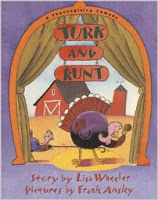
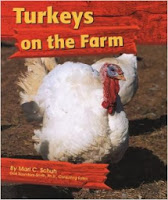
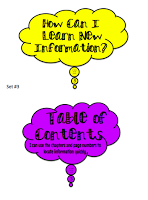
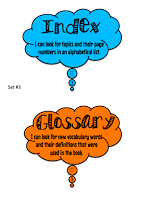
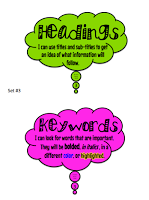
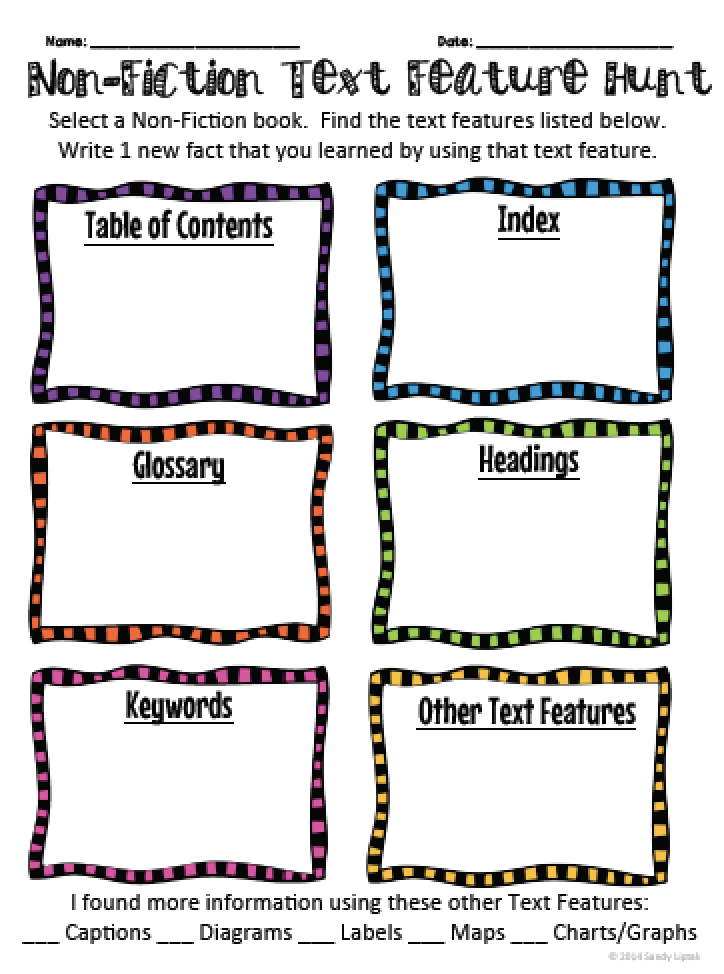
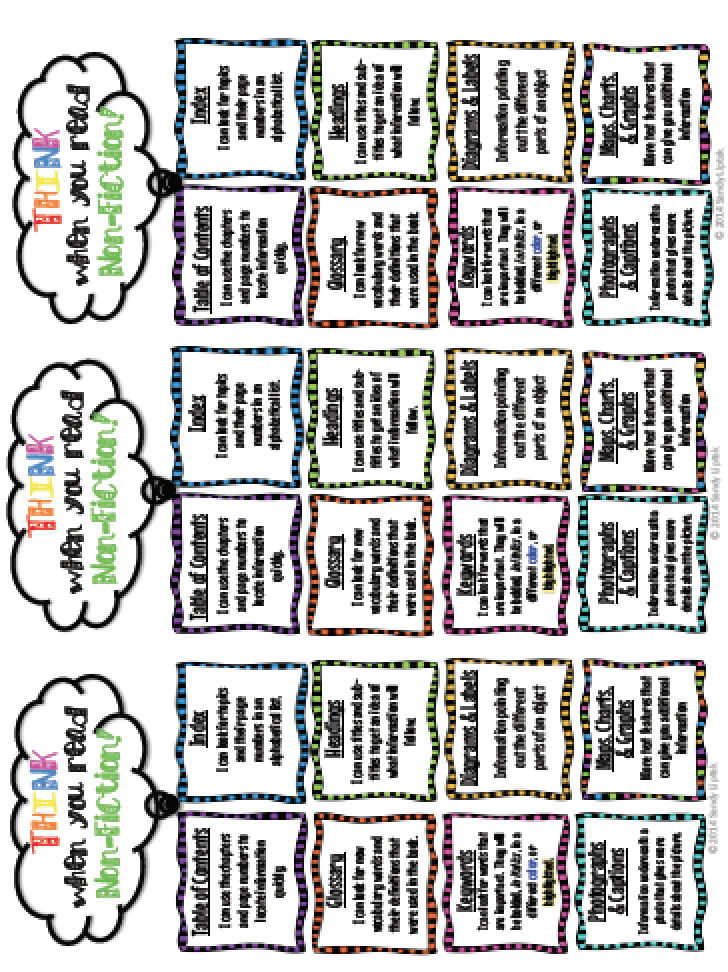




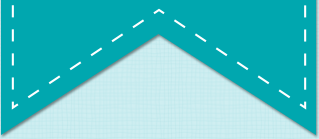

Is the two column bookmark on your TPT page? I’m referring to the one that is shown on your website?
Hi Michelle,
Yes it is included when you purchase the activity. 🙂
I hope this helps!
Sandy